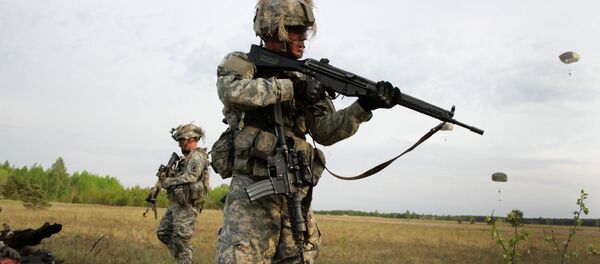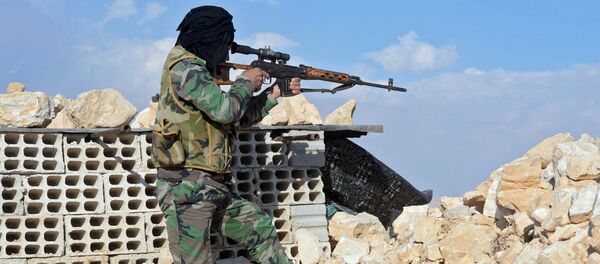Last week the service said in a federal contract posting that the Next Generation Squad Automatic Rifle would fill gaps in capability at the infantry squad level. Finding a new rifle is part of the Army’s effort to modernize the service. No contract has been awarded yet and the initiative is still in the planning stages, according to Stars and Stripes.
Initially put forth as a replacement for the M249 Squad Automatic Weapon (SAW), defense contractors inquired in July about the new rifle’s purpose, with the Army explaining on its main contracting website that over the next two years the government will discern whether a new generation weapon should "fulfill additional roles such as that of the squad designated marksman, medium machine gun, and the carbine."
The Warzone reports that the service did not disclose a specific accuracy requirement for the new weapon, but the Army’s initial posting did say the NGSAR should be able to suppress moving targets and strike and kill stationary targets from at least 1,970 feet away, with ranges possibly exceeding 3,900 feet.
With an eye on developing ammunition that is interchangeable with a new generation weapon, the service has also been developing a replacement cartridge for the M16 and M4, which currently use a 5.56 mm round.
Chambered for the 5.56 mm round, the M16 came into use in the 1960s during the Vietnam War to replace the 7.62 mm round used by the M-14. The M16 earned its keep during Iraqi operations such as those in Fallujah that required close-quarters urban combat.
According to Army studies, the issue with 5.56 mm bullets is that poor terminal ballistics saddles it with a velocity not sufficient for striking targets farther than 300 yards away, coupled with the fact that a lighter bullet may prove less effective as enemies will likely be wearing advanced body armor.
Critics of the 5.56 mm bullets say the projectiles weren’t as effective in Afghanistan campaigns as shootouts with Taliban extremists were often conducted from more than 600 yards away.
For decades the Army oriented itself toward conflict carried out in open terrain, but as more people around the world are projected to live in cities, the trend may necessitate a shift in how the service thinks about conflict.
In July, Army Chief of Staff Gen. Mark Milley spoke about changing battlefield landscapes, saying, 'We are going through a fundamental change in the character of war, how you fight a war. The probability is the future battlefield is going to be in urban areas."




